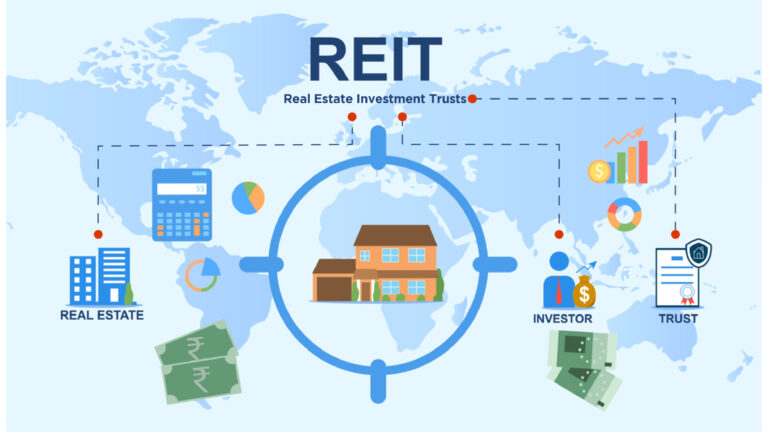Real Estate Investment Trusts (REITs) are important to consider when constructing any equity or fixed-income portfolio. From providing significant diversification, potentially higher total returns, to lowering overall risk, their ability to generate dividend income along with capital appreciation creates an excellent counterbalance of stocks, bonds, and cash. REIT is owned or managed by income-producing commercial real estate, whether the properties or mortgage of properties. Individual investments in the companies are therefore exchange-traded funds or mutual funds.
There are many types of REIT’s available. Historically REIT is the best-performing asset class. The FTSE NAREIT Equity REIT Index is what most investors use to gauge their performance. Between 2010 to 2020, the index average annual return was 9.5%.
Per the experience, investors looking for yield has done better investing in real estate than fixed income. A carefully constructed portfolio should consider both.
Here are the main categories of REIT’s :
Retail REITs –

According to the statistics, 24% of REIT’s investments are in shopping malls and free-standing retails. It is one of the single most significant investment types. But before stepping forward, one should consider the financial healthiness of the retail and the outlook of the future?
Retail REITs usually make income from the rent they charge from tenants. Unfortunately, retailers can face bankruptcy if they face cash=flow problems due to poor sales. Therefore, it is essential to invest in REIT’s having the most vital anchor to hold on to, including groceries and home improvement stores.
Residential REITs –

These REITs operates multi-family rental apartment building as well as manufactured housing. There are various factors to consider before jumping into investing. For example, the best apartment market tends to be where home affordability is low compared to the rest of the country.
Investors should take into consideration the size of the population and job growth before investing. A falling vacancy rate and rise in rent signals that the demand is improving.
The companies having the most robust balance sheet and most available capital win the race.
Healthcare REITs –

These are an exciting subsector to watch as they are highly dependent on the age and healthcare cost of the country. Investors invest in real estate of hospitals, medical centres, nursing facilities, and retirement homes. The basic operators of these facilities rely on Medicare and Medicaid reimbursement as well as private pay.
Things to consider before investing are watching the diversified group of customers and property type. Apart from this, go for solid balance sheets and low-cost capital.
Office REITs –

They invest in office buildings, which receives rental incomes from tenants having long term lease. Before making a further decision, check out the four below question and analyse their answer.
• State of the economy and unemployment rate?
• Vacancy rate?
• Is the area favourable for REIT investment economically?
• Capital it has for acquisitions?
Companies having powerful holds tend to give higher returns.
Mortgage REITs –

10% of REIT investments are mortgaged approximately as opposed to real estate. But it does have risks in it. An increase in interest rates will eventually lower the mortgage REIT book value leading to lower stock price. Along with it, they get a considerable amount of their capital as secured and unsecured debt offerings. The trick is to find the right one.











